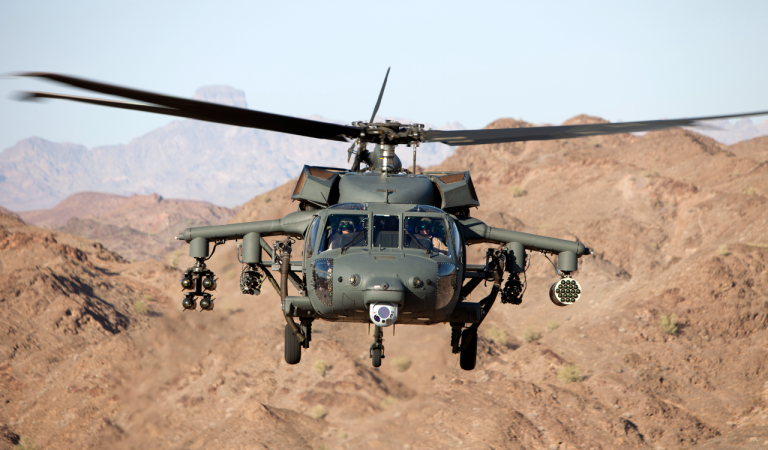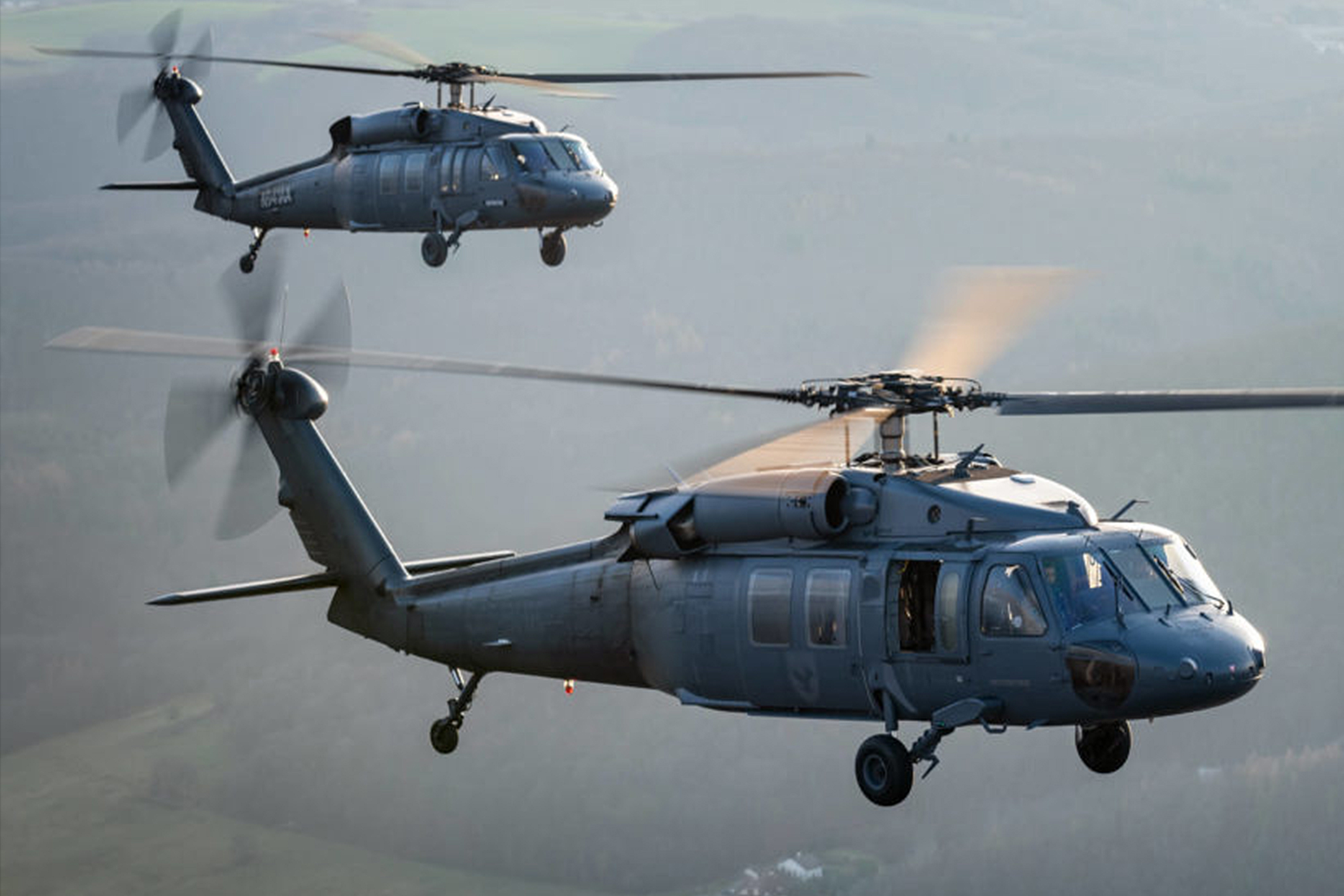How the UH 60 Transformed Military Aeronautics and Battle Operations
How the UH 60 Transformed Military Aeronautics and Battle Operations
Blog Article
Vital Facts and Insights Concerning the UH-60 Helicopter
The UH-60 helicopter, a foundation of contemporary army air travel, has developed considerably since its introduction in 1979. Comprehending the complexities of the UH-60's duty discloses a complicated story of advancement and adjustment that advantages better exploration.
History of the UH-60
The UH-60 Black Hawk helicopter was developed in the late 1970s as part of the United States Military's effort to change the older UH-1 Iroquois. The demand for an extra functional, durable, and capable airplane arose from the lessons learned during the Vietnam War, where the restrictions of the UH-1 emerged. In 1972, the Military initiated a program to obtain a new energy helicopter, finishing in an affordable design stage that saw numerous suppliers submit proposals.
Sikorsky Airplane was inevitably awarded the agreement in 1976, and the initial model of the Black Hawk took flight in 1974. Its design concentrated on innovative technology, consisting of a four-blade rotor system and a modular building and construction that permitted rapid field upkeep and versatility to various goals. Officially going into service in 1979, the UH-60 swiftly became the backbone of Army aviation, serving in a plethora of duties such as troop transportation, medevac, and logistical assistance.
Throughout the years, the Black Hawk has undertaken different upgrades and alterations, solidifying its status as an important asset in army procedures around the globe (UH 60). Its robust performance remains to fulfill the advancing needs of modern-day war
Design and Functions
Including innovative design concepts, the UH-60 Black Hawk features a smooth, aerodynamic layout that improves its efficiency and efficiency. This twin-engine energy helicopter is defined by its distinctive silhouette, with a high-mounted, four-blade primary blades system that supplies phenomenal lift and security. The rotor blades are created from composite products, adding to their resilience and decreasing maintenance demands.
The fuselage is made for optimum weight distribution and structural integrity, enabling a maximum gross weight of roughly 22,000 extra pounds. The cabin design assists in adaptable setups, accommodating different objectives, from troop transportation to medevac procedures. Additionally, the cockpit is outfitted with sophisticated avionics, including electronic screens and multi-functional systems that boost situational recognition.
The UH-60 additionally includes composite materials in its airframe, which decrease radar cross-section and improve survivability in aggressive atmospheres. Its retractable landing gear enhances the airplane's profile, more adding to its aerodynamic efficiency. In general, the thoughtful integration of design components and materials not just enhances the Black Hawk's functional abilities yet also ensures that it remains an essential property for missions across varied terrains and conditions.
Operational Abilities


The UH-60 is geared up with advanced avionics and navigating systems, assisting in operations in challenging climate condition and reduced exposure situations. Its durable layout allows it to do in high-altitude and severe temperature problems, better extending its functional variety. The helicopter's twin-engine setup supplies redundancy and boosted efficiency, making certain reliability during crucial goals.
Furnished with innovative interaction systems, the Black Hawk enhances situational awareness and coordination among military units. Additionally, its ability to carry out airborne reconnaissance and support close air assistance missions underscores its indispensable duty on the battleground. Generally, the UH-60 Black Hawk's operational capacities are a testament to its significance in modern armed forces aviation, efficiently meeting the needs of a quickly developing operational landscape.

Variations and Adjustments
Different variants and alterations of the UH-60 Black Hawk have actually been developed to meet details objective needs and improve its functional versatility. The most significant variant is the UH-60L, which introduced updated engines, enhanced avionics, and boosted cargo capacity. Additionally, the UH-60M variant functions progressed electronic avionics, a much more effective engine, and boosted survivability systems, making it suitable for a larger variety of missions.
The HH-60G Lead Hawk is an additional specialized variation, created for search and rescue procedures. It is outfitted with sophisticated navigating systems, exterior fuel storage tanks, and clinical evacuation capabilities. The MH-60R Seahawk is enhanced for anti-submarine war and maritime operations, flaunting advanced radar and sonar systems.
Furthermore, the armed variants, such as the AH-60, are modified for direct strike roles, featuring tool systems like rockets and gatling gun. The UH-60's versatility is further showcased in its ability to be fitted with mission-specific devices, including freight hooks for transport, troop transportation interiors, and reconnaissance sensors.
These adjustments discover here and variations highlight the Black Hawk's crucial function in modern military operations, showcasing its capability to adapt to progressing objective demands.
Duty in Humanitarian Initiatives
The UH-60 Black Hawk has tipped up to play a crucial function in humanitarian efforts around the world, demonstrating its convenience beyond army applications. This multi-mission helicopter is furnished to carry out a variety of missions, consisting of medical evacuations, calamity alleviation, and logistical assistance in tough atmospheres.
During all-natural catastrophes, such as earthquakes and storms, the Black Hawk has confirmed very useful for carrying alleviation materials and personnel to influenced locations. Its capacity to operate in ascetic problems allows it to reach remote locations that might be inaccessible by ground transportation, making sure prompt support to those in demand.
Furthermore, the UH-60 is commonly utilized for clinical emptying goals, promptly carrying damaged people to clinical facilities. Its advanced medical capabilities, including area for medical personnel and equipment, enable life-saving interventions throughout critical scenarios.
In worldwide operations, the Black Hawk often check my reference works together with humanitarian organizations, showcasing its adaptability and reliability. By leveraging its abilities, the UH-60 not just supports armed forces goals however also plays a crucial role in minimizing and conserving lives suffering during humanitarian situations worldwide.
Conclusion
The UH-60 helicopter has actually developed itself Source as a vital property in army procedures since its intro, characterized by its robust layout and functional abilities. The UH-60's contributions expand past combat, playing a considerable function in humanitarian initiatives worldwide.
The UH-60 Black Hawk helicopter was established in the late 1970s as part of the United States Military's effort to replace the older UH-1 Iroquois.Incorporating sophisticated design concepts, the UH-60 Black Hawk includes a sleek, aerodynamic layout that enhances its performance and efficiency.Enhanced style and advanced design permit the UH-60 Black Hawk to excel in a variety of functional functions. In general, the UH-60 Black Hawk's functional capacities are a testimony to its significance in contemporary army aviation, successfully meeting the demands of a swiftly developing functional landscape.
Various variations and adjustments of the UH-60 Black Hawk have been established to meet particular mission requirements and enhance its functional convenience.
Report this page